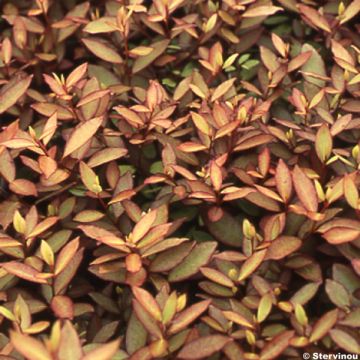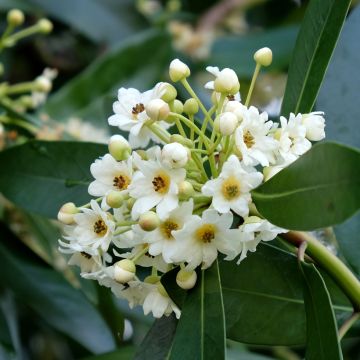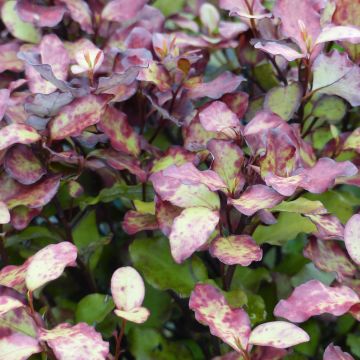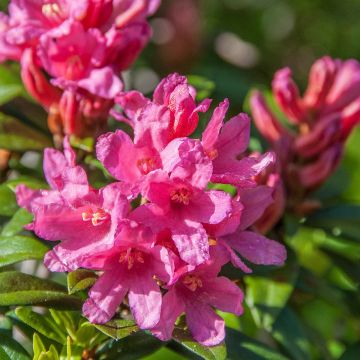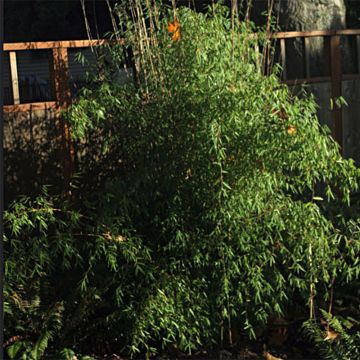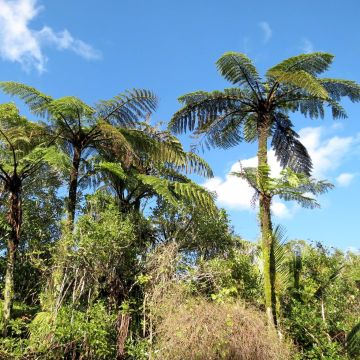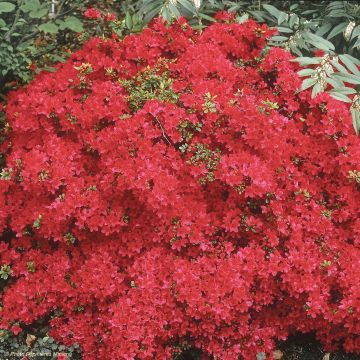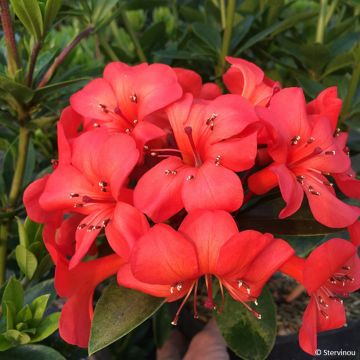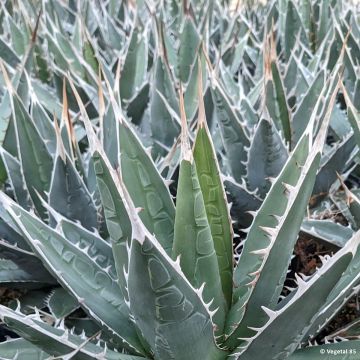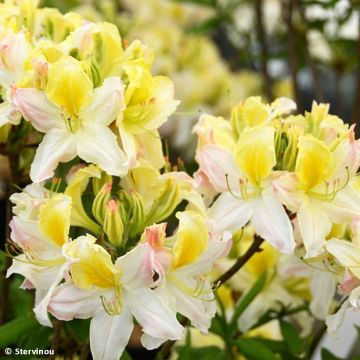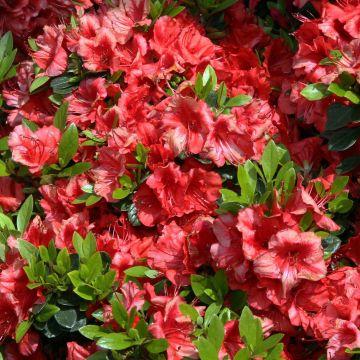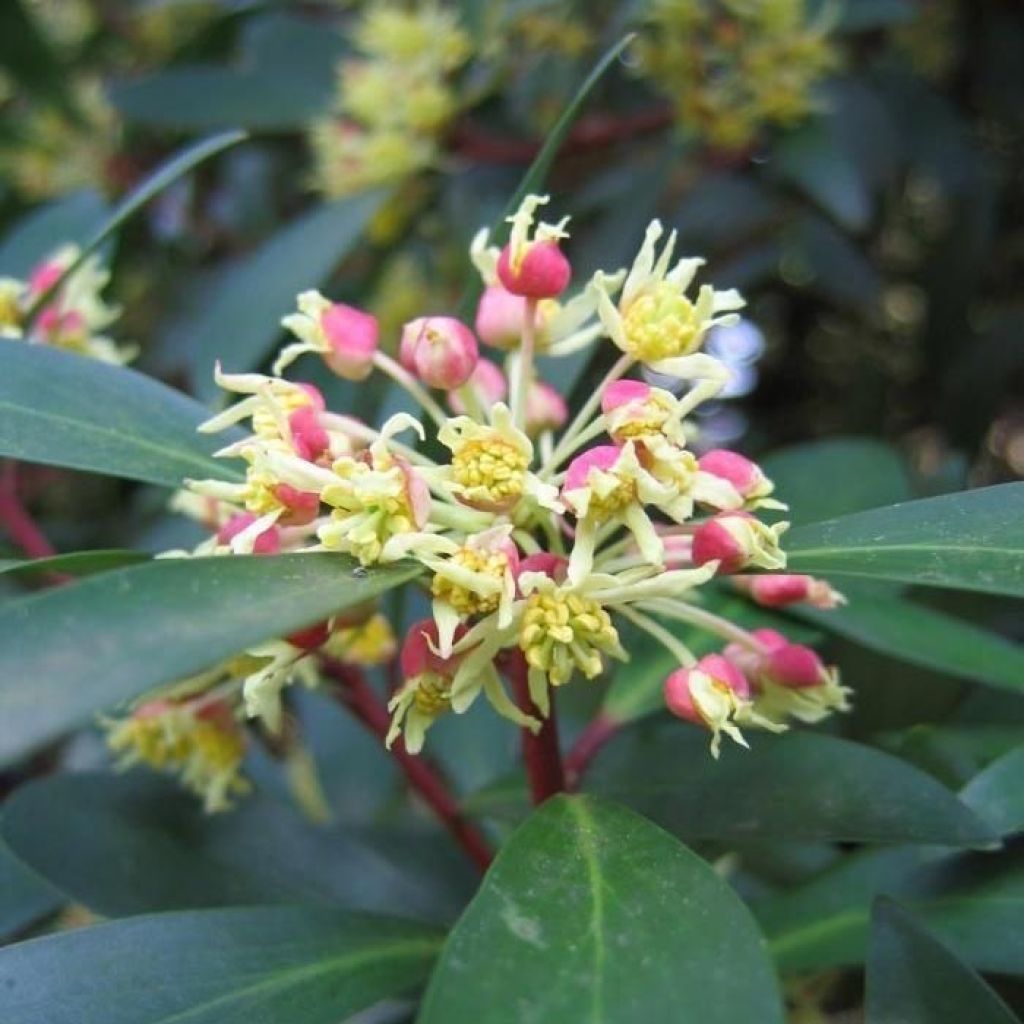

Poivre de Tasmanie - Drimys Red Spice
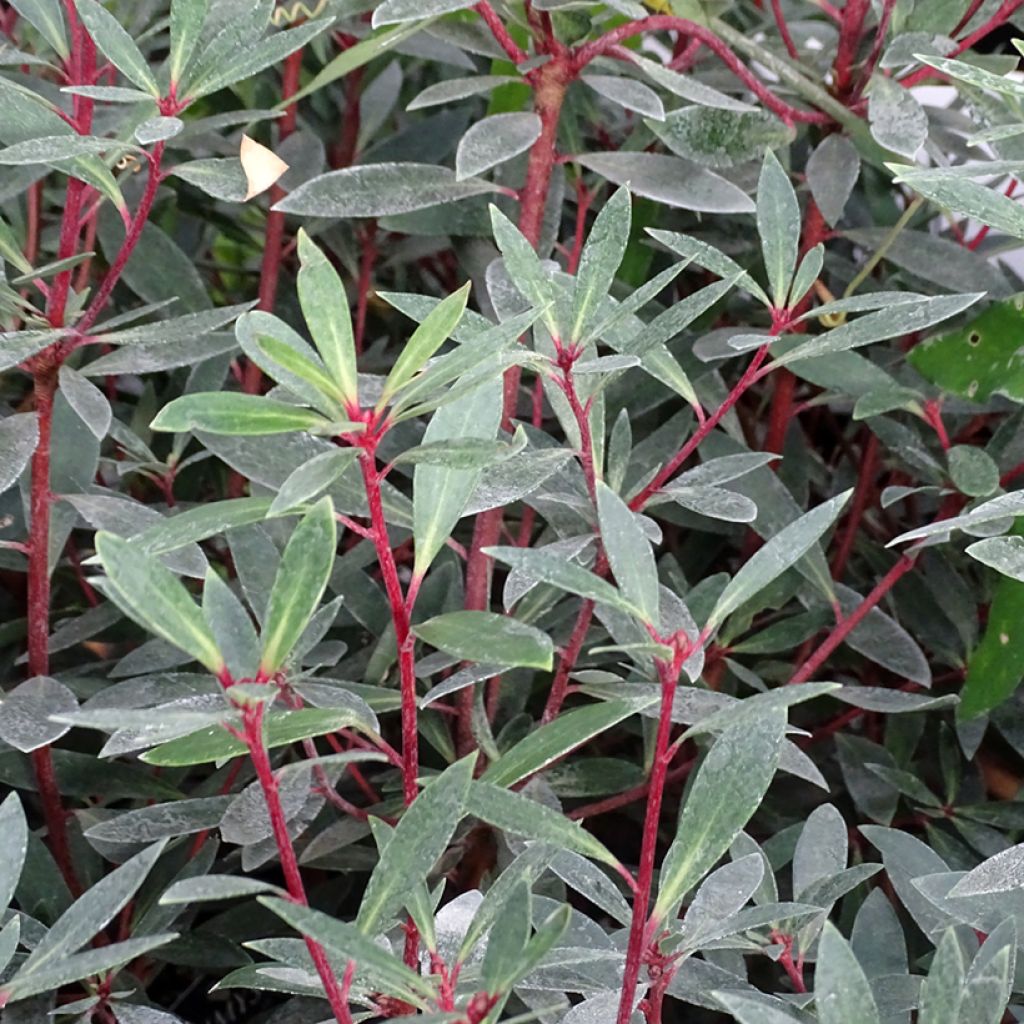

Drimys Red Spice - Poivre de Tasmanie
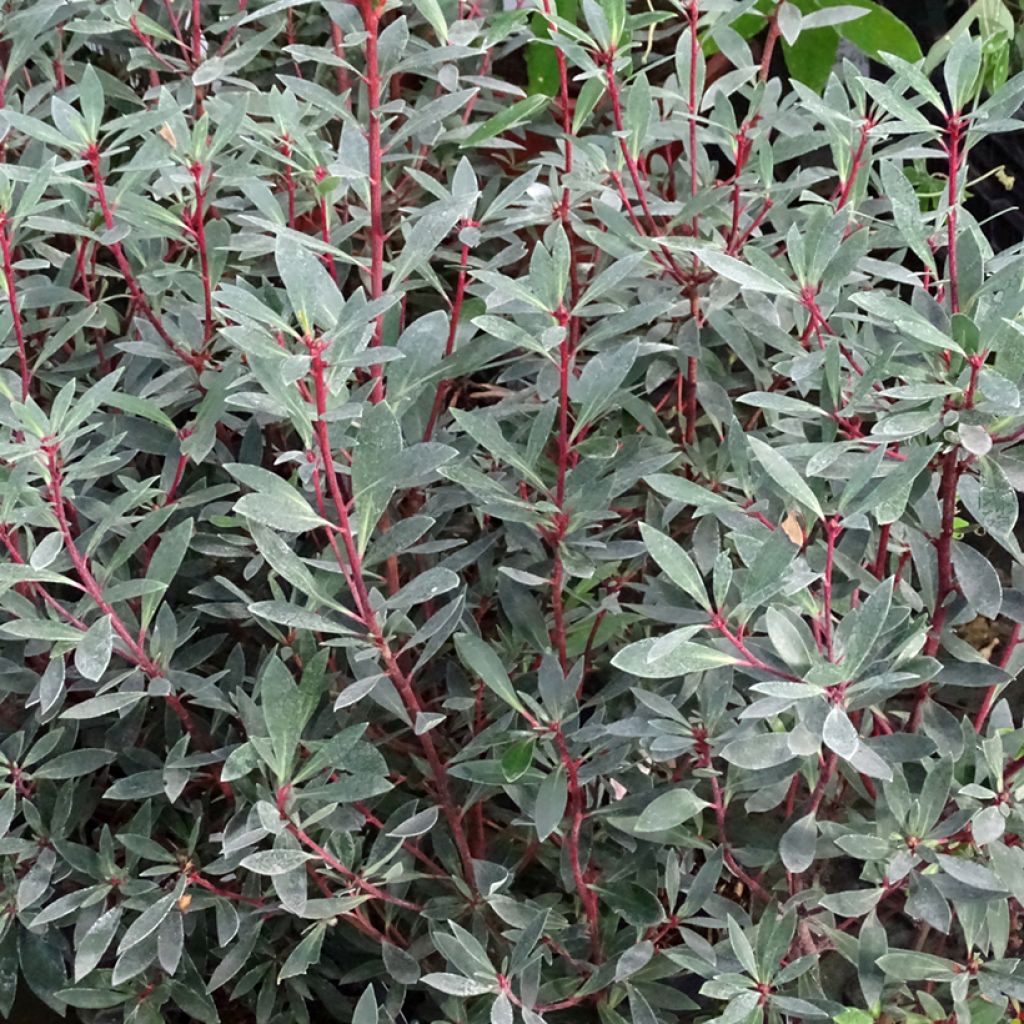

Drimys Red Spice - Poivre de Tasmanie
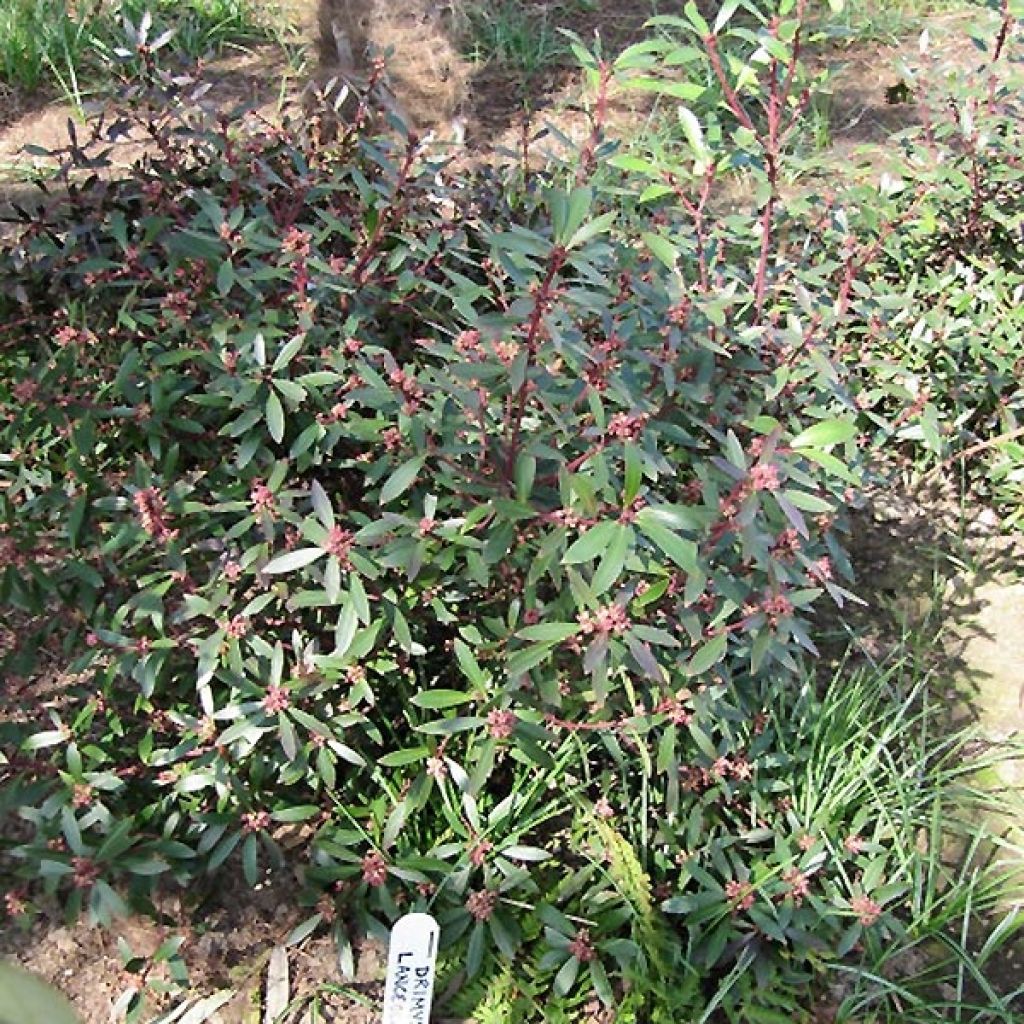

Poivre de Tasmanie - Drimys Red Spice
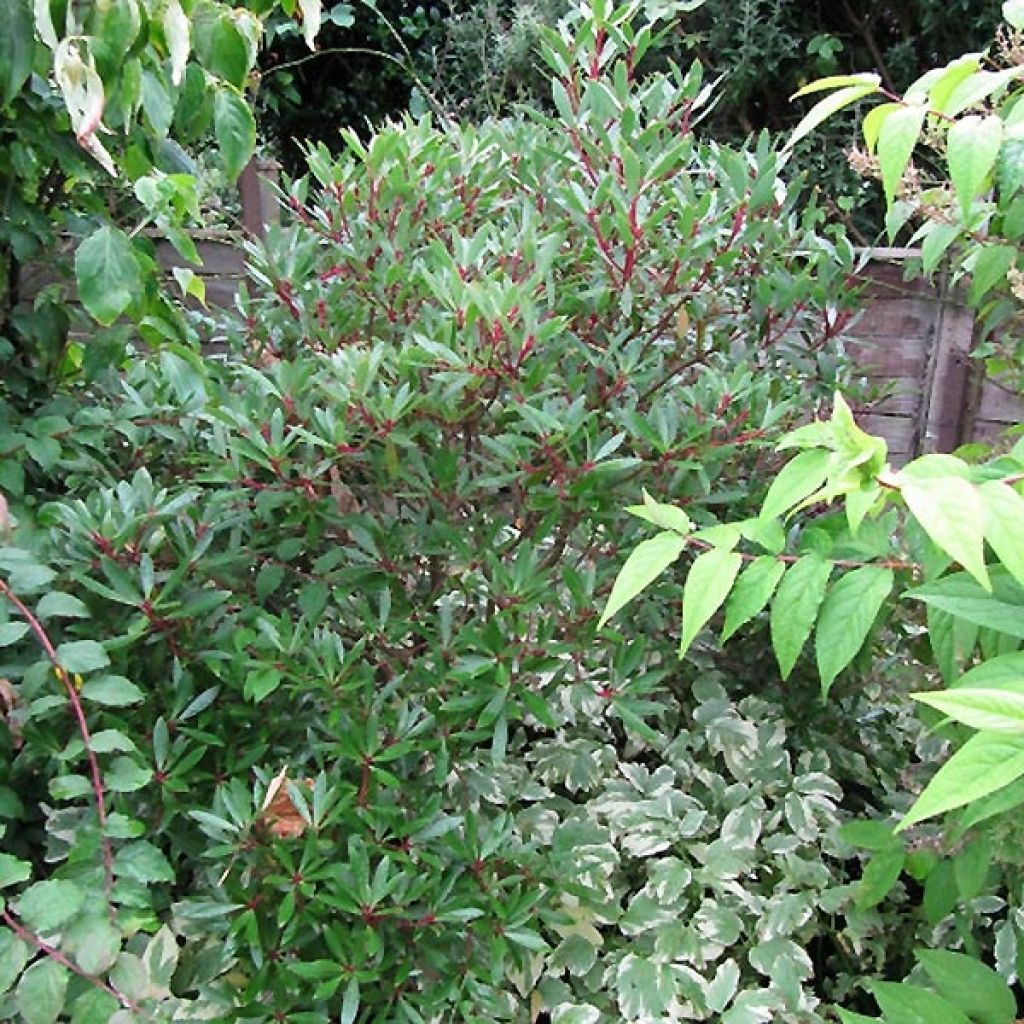

Poivre de Tasmanie - Drimys Red Spice
Drimys aromatica Red Spice
Drimys aromatica Red Spice
Mountain Pepper, Tasmanian Pepperberry, Australian pepper, Pepper tree, Tasmanian pepper
This item cannot be shipped to the selected country
Delivery charge from €5.90
More information
Schedule delivery date,
and select date in basket
This plant carries a 24 months recovery warranty
More information
We guarantee the quality of our plants for a full growing cycle, and will replace at our expense any plant that fails to recover under normal climatic and planting conditions.
From €5.90 for pickup delivery and €6.90 for home delivery
Express home delivery from €8.90.

Does this plant fit my garden?
Set up your Plantfit profile →
Description
Drimys aromatica Red Spice is a beautiful descendant of an evergreen bush, now renamed Tasmannia lanceolata, even more compact and decorative than the species. This aromatic plant, which comes from the Antipodes is better known as Tasmanian Pepper or Aboriginal Pepper, and is particularly suited to mild and humid climates on the coast. 'Red Spice' is interesting for its presence in the garden all year round, its elegant habit, its density, its red branches adorned with beautiful dark green glossy foliage, fragrant when crushed, and finally for its discreet but pleasantly fragrant spring flowering.
Tasmannia lanceolata belongs to an ancient botanical family related to magnolias, the Winteraceae family. It is native to cold temperate and tropical forests in southeastern Australia. It is a slow-growing evergreen shrub with a bushy, regular, and upright habit. 'Red Spice' has been selected for its more compact habit and darker foliage. Under our climates, it will reach a maximum height of about 2m (6 ft 7 in) with a spread of 1m (3 ft 4 in). Its young reddish-pink stems bear entire, lanceolate leaves, 4 to 8 cm (1.6 to 3.1 in) long and 1 to 2 cm (0.4 to 0.8 in) wide. The upper surface of the leaves is shiny dark green, while the underside is light matte green. The foliage and the bark are rich in aromatic compounds. The flowering occurs in late spring, in May-June, and is characterized by the formation of pretty buds in pink-red clusters at the tips of the branches. The small flowers have waxy petals, ranging in colour from cream to greenish. They are gathered in umbels and emit a unique and powerful scent, pungent, spicy and slightly acrid. There are male and female Drimys plants. Only the females produce clusters of small fruits with 2 rounded lobes, initially red and turning black when ripe. Once dried, they can be used as a spice.
Drymis aromatica Red Spice is not difficult to grow in a suitable climate and in limestone-poor soil that remains moist. It remains ornamental throughout the year and has a strong personality. It can be used to create a low evergreen hedge or windbreak, alone or mixed with other evergreens such as laurel tin, elaeagnus, photinias, olearias... It can also be part of a large bed of acid-loving shrubs with rhododendrons, camellias, hydrangeas, kalmia, Hamamelis, and Pieris, for example.
Report an error about the product description
Drimys aromatica Red Spice in pictures
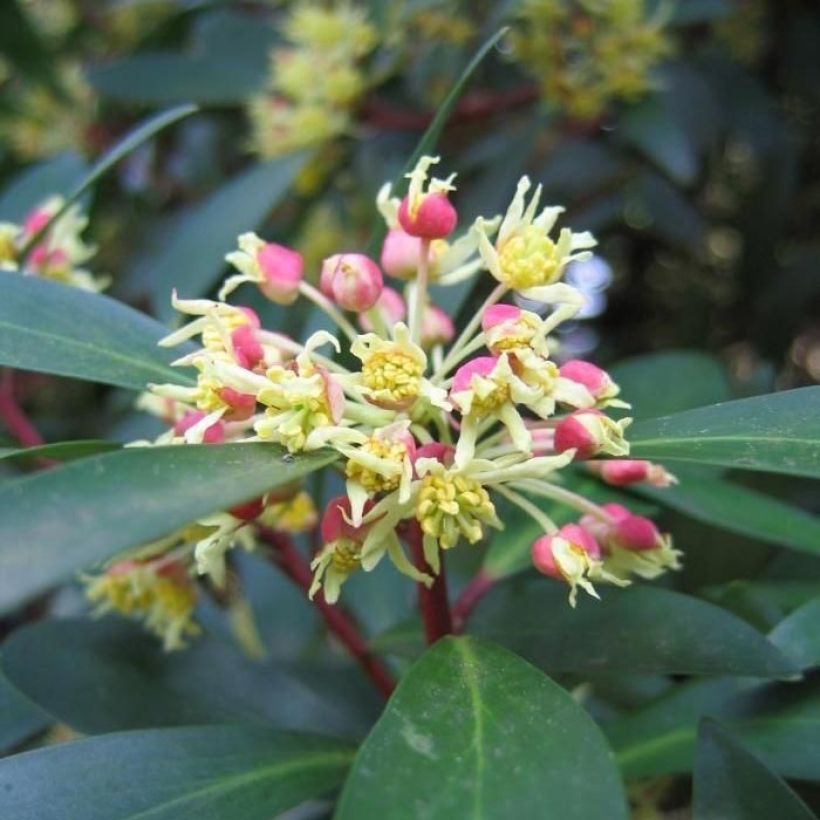

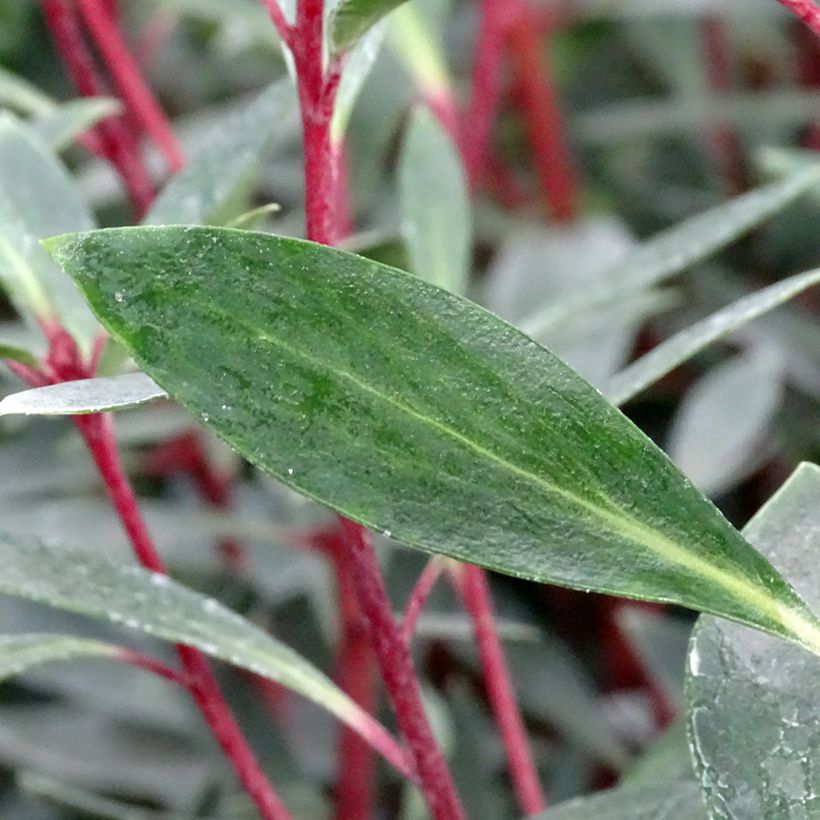

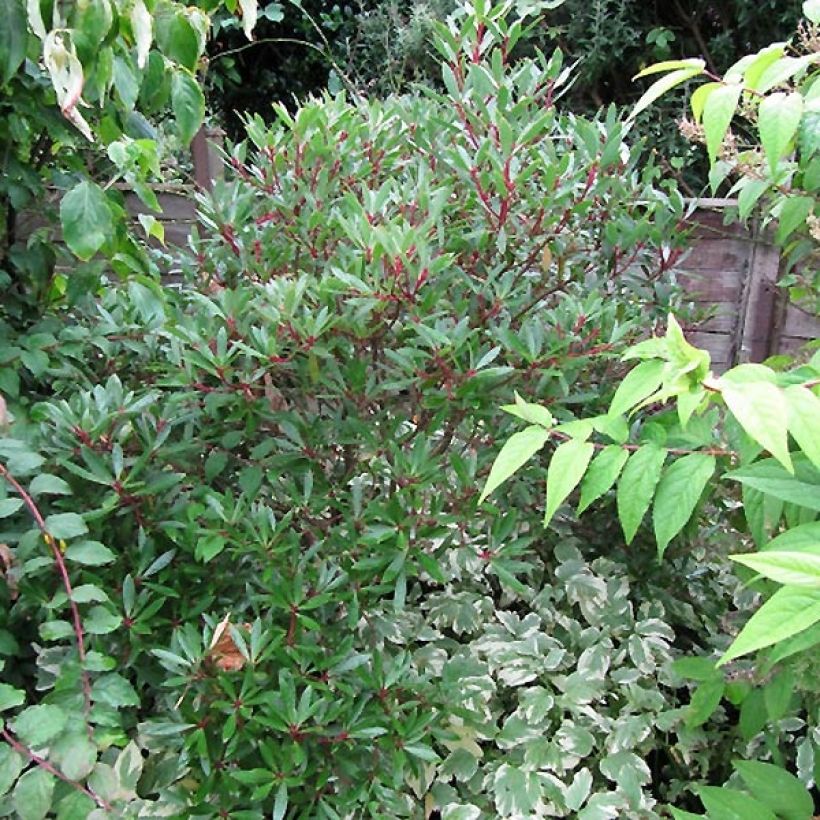

Plant habit
Flowering
Foliage
Botanical data
Drimys
aromatica
Red Spice
Winteraceae
Mountain Pepper, Tasmanian Pepperberry, Australian pepper, Pepper tree, Tasmanian pepper
Oceania
Other Drimys
Planting and care
Drimys aromatica Red Spice will appreciate moist and well-drained, humus-rich soil with a tendency towards acidity. It can tolerate clayey and loamy soil, but does not tolerate the presence of limestone. It is best planted in a sunny or partially shaded location. This bush withstands wind well but is sensitive to sea spray.
It should be planted in autumn in very mild climates, and in spring in areas with borderline hardiness. It can withstand temperatures as low as -10°C once well established. Every spring, add well-rotted compost to the base of your Drimys and mulch the soil in summer to retain moisture. Tasmanian pepper is susceptible to phytophthora, a fungus that causes root rot in hot climates and moist soil.
Tasmanian pepper can be propagated by sowing fresh seeds, taking cuttings, or layering. Seeds harvested in autumn are sown under a glass in spring. Take heel cuttings in summer. Each 10 to 15cm (3.9 to 5.9 in) long semi-ripe stem section should be inserted into a pot and kept in a humid environment.
Planting period
Intended location
Care
-
, onOrder confirmed
Reply from on Promesse de fleurs
Evergreen shrubs
Haven't found what you were looking for?
Hardiness is the lowest winter temperature a plant can endure without suffering serious damage or even dying. However, hardiness is affected by location (a sheltered area, such as a patio), protection (winter cover) and soil type (hardiness is improved by well-drained soil).

Photo Sharing Terms & Conditions
In order to encourage gardeners to interact and share their experiences, Promesse de fleurs offers various media enabling content to be uploaded onto its Site - in particular via the ‘Photo sharing’ module.
The User agrees to refrain from:
- Posting any content that is illegal, prejudicial, insulting, racist, inciteful to hatred, revisionist, contrary to public decency, that infringes on privacy or on the privacy rights of third parties, in particular the publicity rights of persons and goods, intellectual property rights, or the right to privacy.
- Submitting content on behalf of a third party;
- Impersonate the identity of a third party and/or publish any personal information about a third party;
In general, the User undertakes to refrain from any unethical behaviour.
All Content (in particular text, comments, files, images, photos, videos, creative works, etc.), which may be subject to property or intellectual property rights, image or other private rights, shall remain the property of the User, subject to the limited rights granted by the terms of the licence granted by Promesse de fleurs as stated below. Users are at liberty to publish or not to publish such Content on the Site, notably via the ‘Photo Sharing’ facility, and accept that this Content shall be made public and freely accessible, notably on the Internet.
Users further acknowledge, undertake to have ,and guarantee that they hold all necessary rights and permissions to publish such material on the Site, in particular with regard to the legislation in force pertaining to any privacy, property, intellectual property, image, or contractual rights, or rights of any other nature. By publishing such Content on the Site, Users acknowledge accepting full liability as publishers of the Content within the meaning of the law, and grant Promesse de fleurs, free of charge, an inclusive, worldwide licence for the said Content for the entire duration of its publication, including all reproduction, representation, up/downloading, displaying, performing, transmission, and storage rights.
Users also grant permission for their name to be linked to the Content and accept that this link may not always be made available.
By engaging in posting material, Users consent to their Content becoming automatically accessible on the Internet, in particular on other sites and/or blogs and/or web pages of the Promesse de fleurs site, including in particular social pages and the Promesse de fleurs catalogue.
Users may secure the removal of entrusted content free of charge by issuing a simple request via our contact form.
The flowering period indicated on our website applies to countries and regions located in USDA zone 8 (France, the United Kingdom, Ireland, the Netherlands, etc.)
It will vary according to where you live:
- In zones 9 to 10 (Italy, Spain, Greece, etc.), flowering will occur about 2 to 4 weeks earlier.
- In zones 6 to 7 (Germany, Poland, Slovenia, and lower mountainous regions), flowering will be delayed by 2 to 3 weeks.
- In zone 5 (Central Europe, Scandinavia), blooming will be delayed by 3 to 5 weeks.
In temperate climates, pruning of spring-flowering shrubs (forsythia, spireas, etc.) should be done just after flowering.
Pruning of summer-flowering shrubs (Indian Lilac, Perovskia, etc.) can be done in winter or spring.
In cold regions as well as with frost-sensitive plants, avoid pruning too early when severe frosts may still occur.
The planting period indicated on our website applies to countries and regions located in USDA zone 8 (France, United Kingdom, Ireland, Netherlands).
It will vary according to where you live:
- In Mediterranean zones (Marseille, Madrid, Milan, etc.), autumn and winter are the best planting periods.
- In continental zones (Strasbourg, Munich, Vienna, etc.), delay planting by 2 to 3 weeks in spring and bring it forward by 2 to 4 weeks in autumn.
- In mountainous regions (the Alps, Pyrenees, Carpathians, etc.), it is best to plant in late spring (May-June) or late summer (August-September).
The harvesting period indicated on our website applies to countries and regions in USDA zone 8 (France, England, Ireland, the Netherlands).
In colder areas (Scandinavia, Poland, Austria...) fruit and vegetable harvests are likely to be delayed by 3-4 weeks.
In warmer areas (Italy, Spain, Greece, etc.), harvesting will probably take place earlier, depending on weather conditions.
The sowing periods indicated on our website apply to countries and regions within USDA Zone 8 (France, UK, Ireland, Netherlands).
In colder areas (Scandinavia, Poland, Austria...), delay any outdoor sowing by 3-4 weeks, or sow under glass.
In warmer climes (Italy, Spain, Greece, etc.), bring outdoor sowing forward by a few weeks.

































